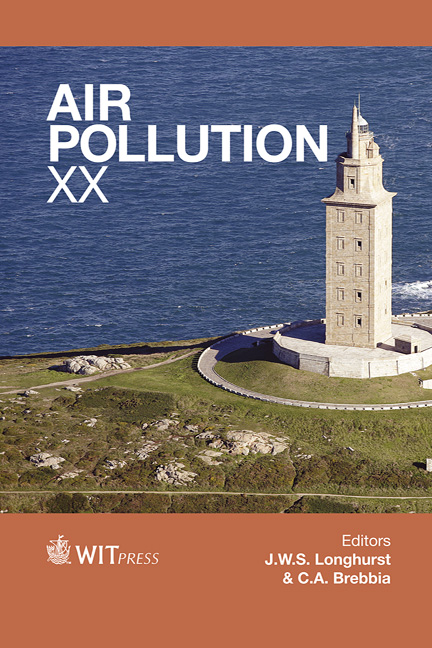Air Residues From Live Firings Duringmilitary Training
Price
Free (open access)
Transaction
Volume
157
Pages
10
Page Range
399 - 408
Published
2012
Size
1,036 kb
Paper DOI
10.2495/AIR120351
Copyright
© 2012 Canadian Crown
Author(s)
E. Diaz, S. Savard & I. Poulin
Abstract
Air and particulate emissions are a growing concern in military activities, specifically for two aspects: live-firing training and demilitarization. In the last five years, this topic took a larger place among defence projects. The Canadian Department of National Defence performed trials to sample air and particulate emissions from firings of various Canadian ammunition: small arms (9 mm, 7.62 mm, 5.56 mm, 0.50 cal and 0.338 cal) and large calibres (60, 84, 105 and 155 mm). In addition, the United-States Department of Defence started, in collaboration with US EPA, a program of characterization of air emissions from open burning and open detonation in a demilitarization context. Canada shares the same interest and also wants to determine the nature and the quantity of substances spread in the environment from open burning and open detonation. This paper will present an overview of the sampling method developed at Defence Research and Development Canada, Valcartier in collaboration with the \“Centre de Recherche Industrielle du Québec” to collect gas and particulate emissions at the muzzle of a gun from live-firings during military training. Combustion gases, semi-volatile and volatile organic compounds and particle emissions were measured with two different methods: outdoor and indoor (confined). In the following years, DRDC will try to establish a correlation between the collected data and their potential toxicity in order to determine if these activities can have an impact on human health. Keywords: artillery live-firing, air emissions, SVOC, VOC, particles.
Keywords
artillery live-firing, air emissions, SVOC, VOC, particles.





